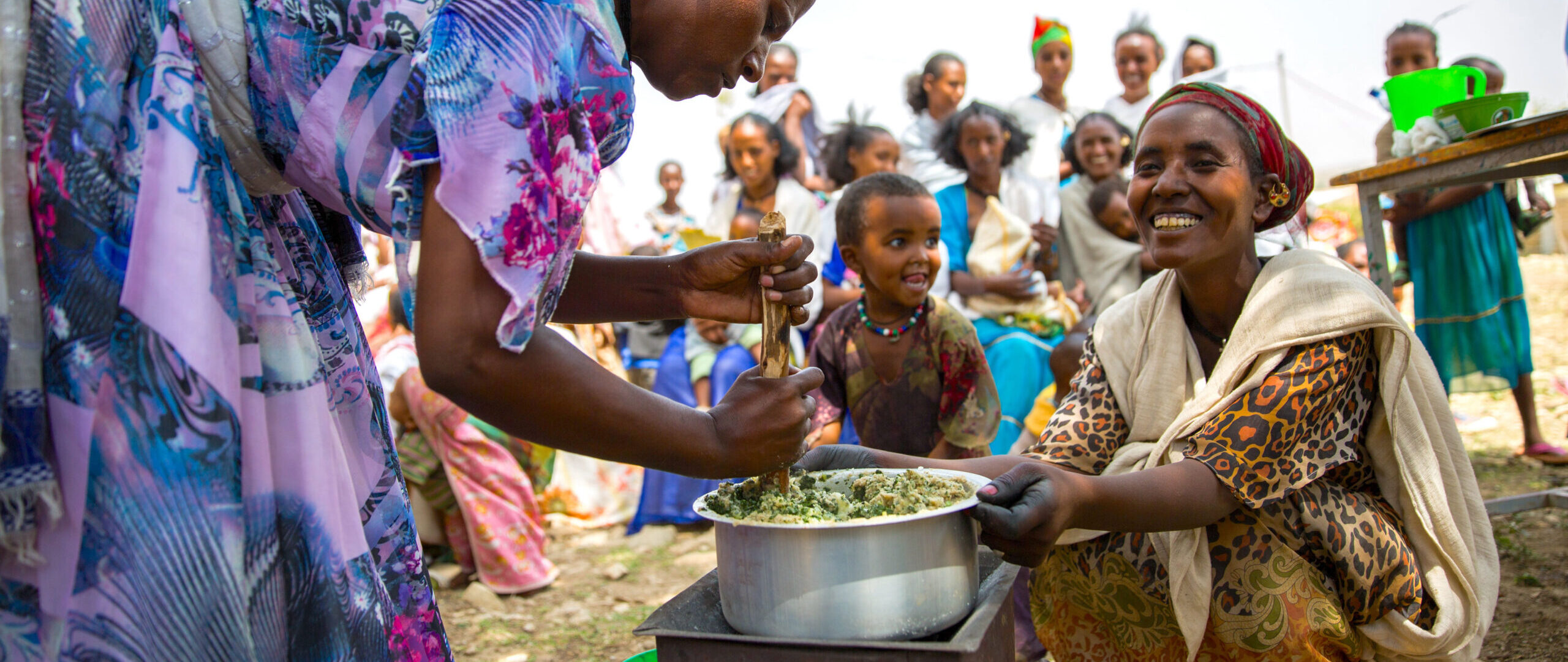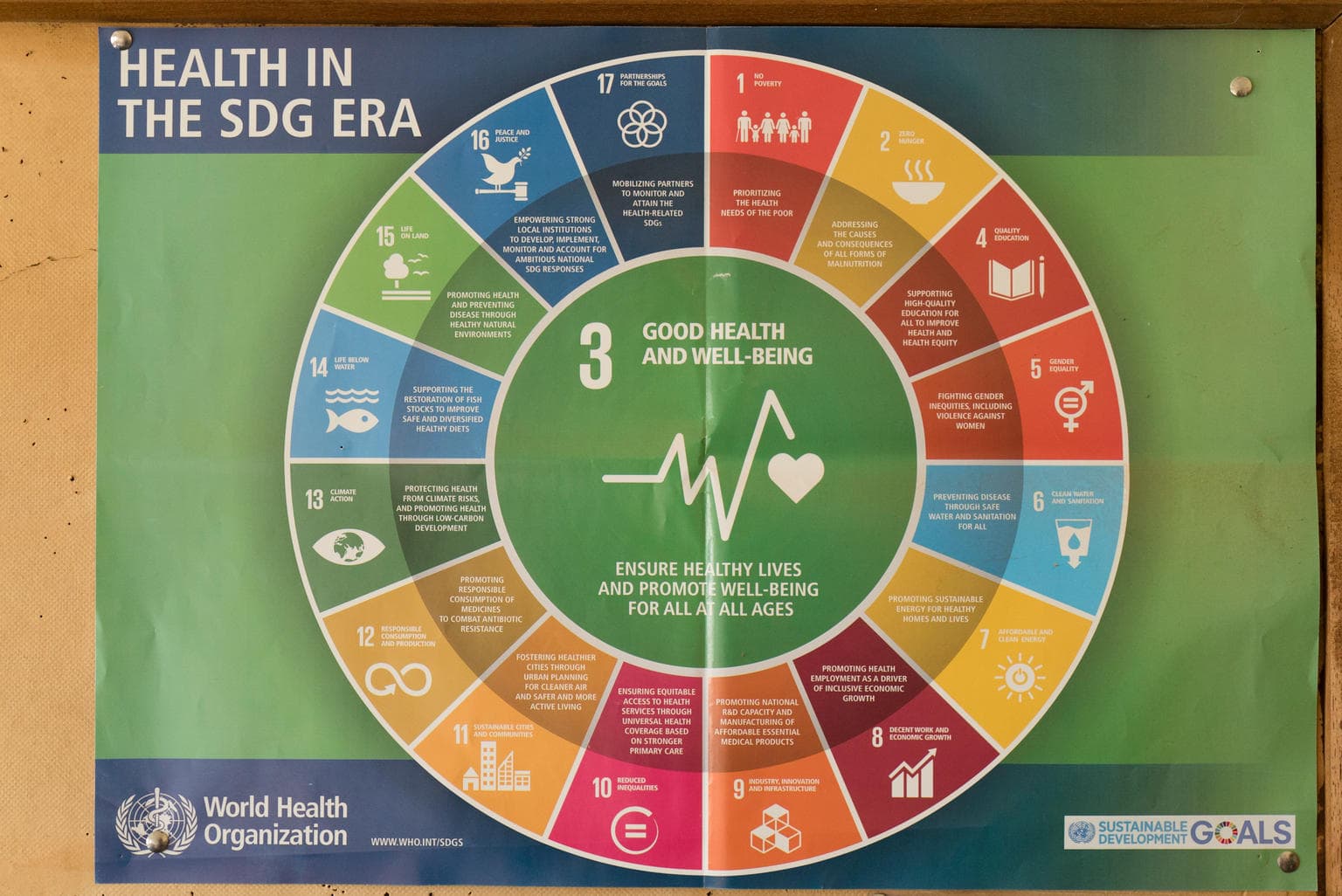Triple threats of anemia, underweight and overweight afflict women worldwide
Women have the right to food and nutrition throughout their lives – a right that is enshrined in multiple international human right instruments. A woman’s nutritional status is a powerful barometer of her well-being. A well-nourished woman has a strong immune system and nutrient reserves to buffer the effects of infection, while meeting her additional nutrient needs during pregnancy or breastfeeding. A well-nourished woman has the cognitive skills and physical strength to earn a good living and participate actively in family and public life. And a well-nourished woman is more likely to have well-nourished infants and young children who join her on a path to good health and prosperity.[1] However, this is not the reality that many women experience as triple threats of undernutrition (underweight and short stature), micronutrient deficiencies and overweight affect women across the world.
Globally, 30 per cent of women aged 15-49 years are living with the debilitating effects of anaemia while 10 per cent of women aged 20-49 years suffer from underweight. On the other hand, overweight is affecting more than 35 per cent of women aged 20-49 years, of which 13 per cent are living with obesity, a severe form of overweight.
South Asia, West and Central Africa and Eastern and Southern Africa rank in the top three regions for the prevalence of anaemia and underweight in women. In fact, these regions are home to 60 per cent of women with anaemia and 65 per cent of women with underweight. In contrast, less than one in three women in South Asia and sub-Saharan Africa are living with overweight. Overweight is a common form of malnutrition in women, affecting at least 1 in 2 women in five regions. Middle East and North Africa has the highest prevalence of overweight with 61 per cent affected. North America closely follows at 60 per cent.
Trends in prevalence of anaemia, underweight, overweight
Progress on reducing malnutrition in women is mixed with virtually no progress on anaemia, a slight fall in underweight and an increase in the prevalence of overweight across every region. The global prevalence of anaemia has remained practically unchanged from 31 per cent in 2000 to 30 per cent in 2019. Given the current trends, no region is on track to meet the 2030 global target to reduce the prevalence of anaemia by half.
Globally, the prevalence of underweight in women fell slightly from 12 per cent in 2000 to 10 per cent in 2016. The prevalence declined in almost all regions with South Asia recording the largest fall from 27 per cent to 22 per cent. In contrast, the prevalence of overweight increased globally from 26 per cent in 2000 to 35 per cent in 2016. All regions of the world have experienced an alarming rise in overweight, a sign that overweight has become an escalating epidemic throughout the world. Regions that have experienced the largest increase in the prevalence of overweight since 2000 include Latin America and the Caribbean (9 percentage points), the Middle East and North America (12 percentage points) and West and Central Africa (10 percentage points).
References and footnotes
1. Victora, C. G., Christian, P., Vidaletti, L. P., et al. (2021). Revisiting maternal and child undernutrition in low-income and middle-income countries: variable progress towards an unfinished agenda. Lancet, 397(10282), 1388–1399. doi: 10.1016/S0140-6736(21)00394-9. https://doi.org/10.1016/S0140-6736(21)00394-9
Women’s nutrition data
Resources




